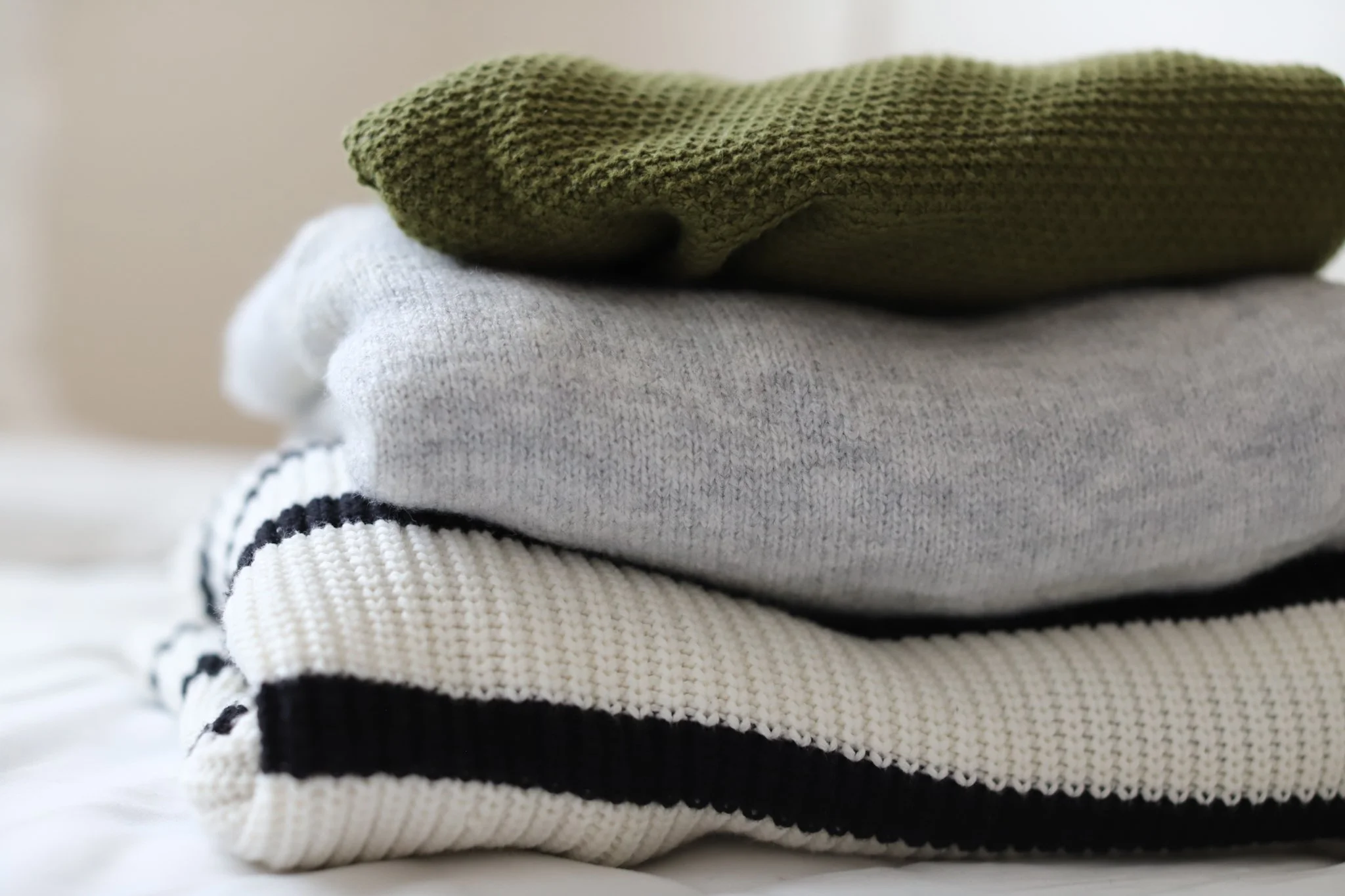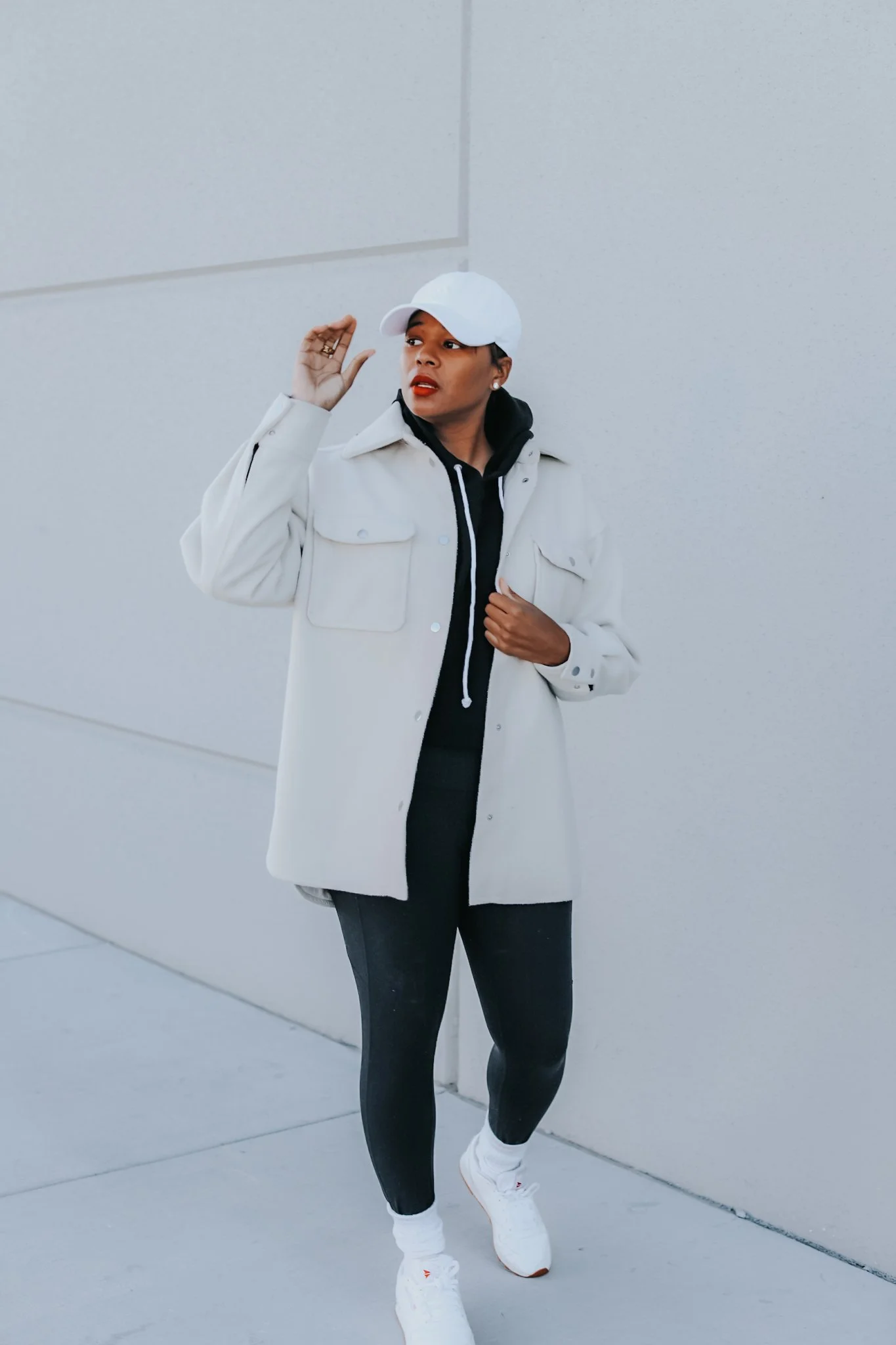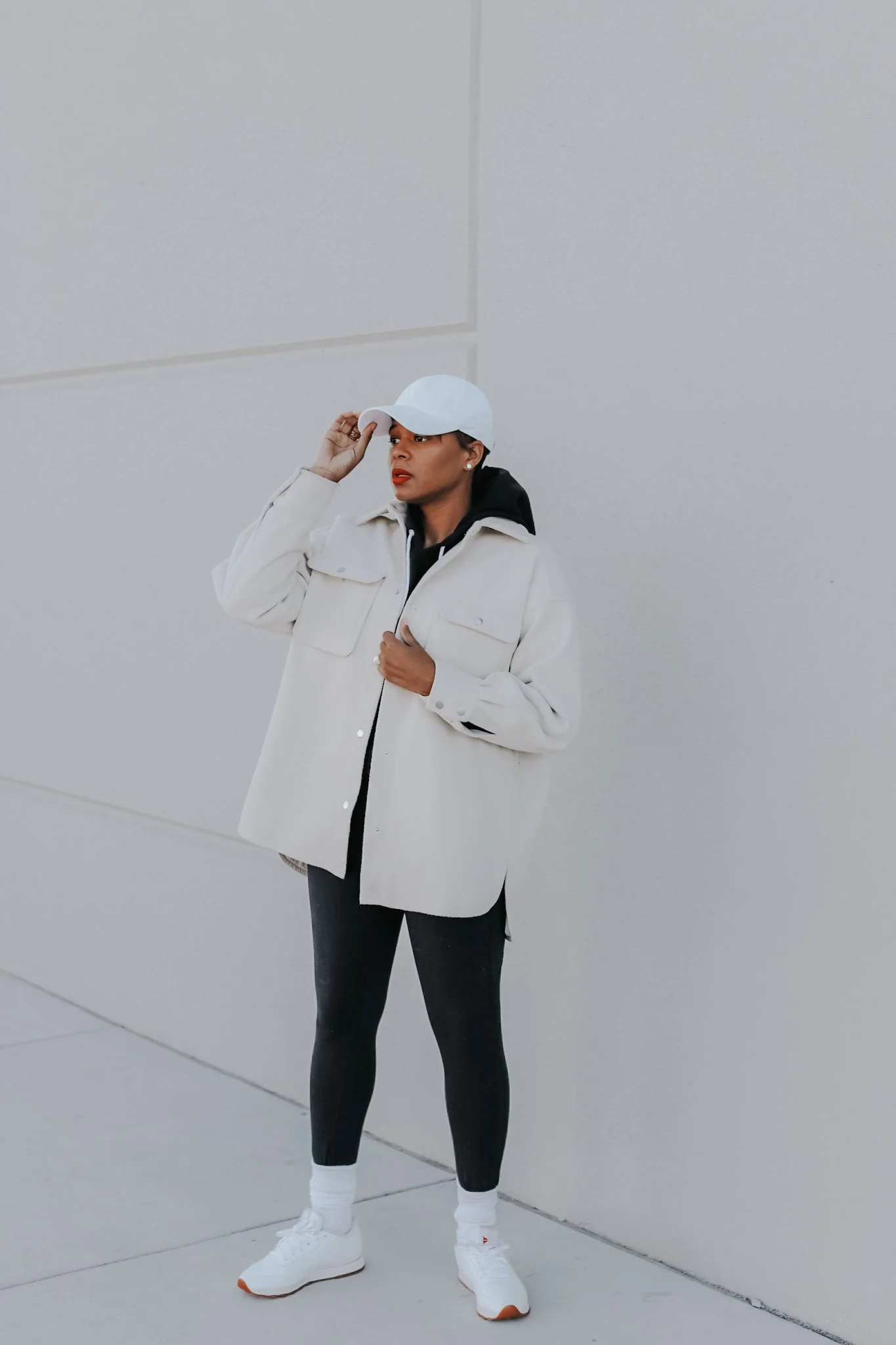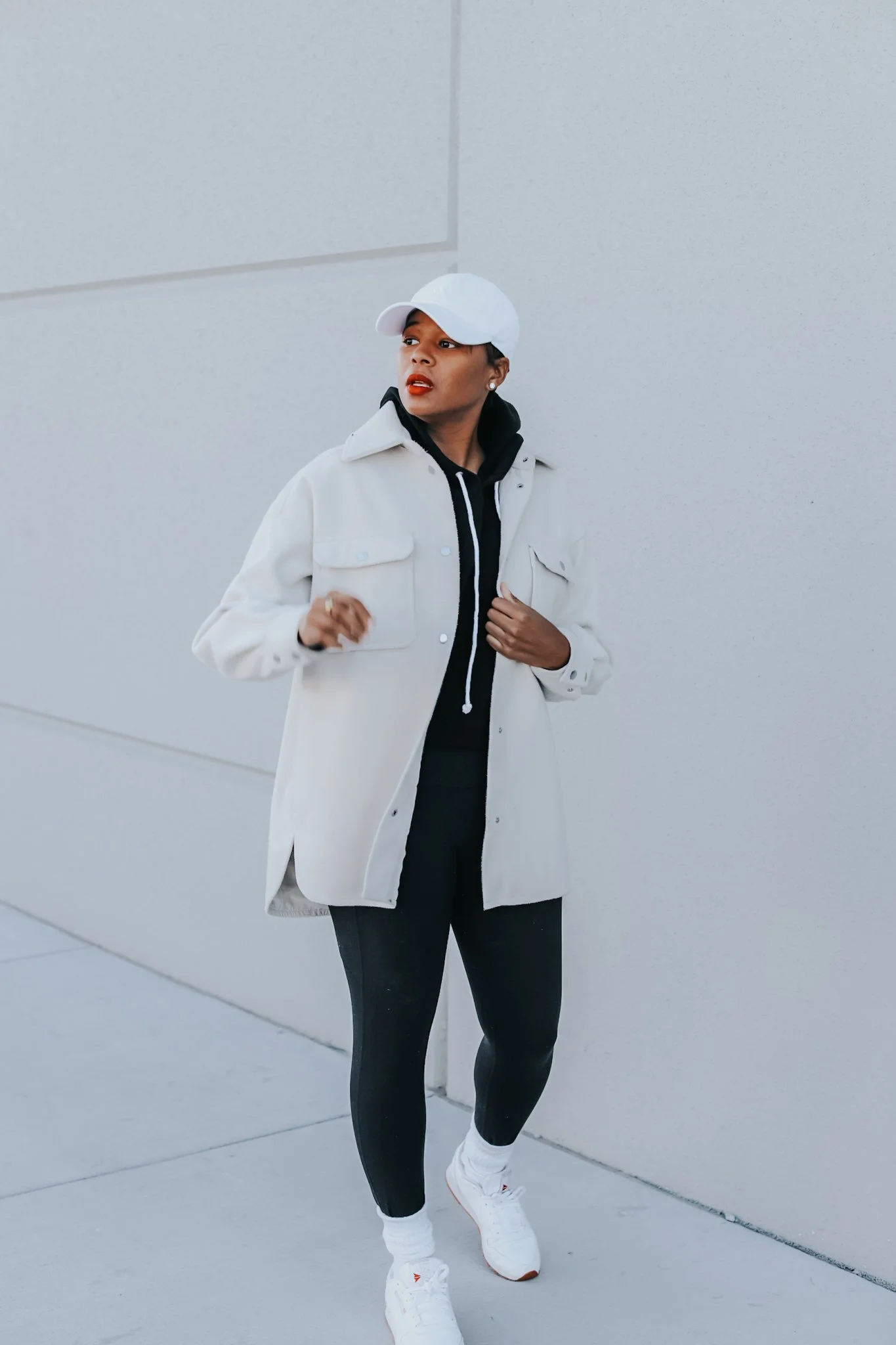3 Lessons I Learned While Building an Intentional Closet
Why I Chose To build an Intentional closet?
When deciding to build an intentional closet, I had to figure out my why. The last thing I want to do is learn and implement a new-to-me concept simply because it looks and sounds interesting. New concepts have to make sense, fit within my lifestyle, and offer some form of benefit for me to entertain trying it out.
Why am I choosing to slowly build an intentional closet? Simple: I want more financial freedom and I want to define and optimize my own personal style instead of being a trend chaser. I’ve spent too many years and too much of money buying clothes in bulk simply because they were trending. My closet is an investment and I want to be more mindful and intentional when it comes to what goes into it.
What Is An Intentional Closet?
You might be reading and wondering what in the world is an intentional closet. It’s definition can vary depending on the persons you’re asking. I define an intentional closet as a collection of apparel, shoes, and accessories that offer versatility, simplicity, longevity, and reflect my personal style. My goal with my intentional closet is to curate it slowly. I want to be more mindful when I add to it because my intention is to shop it well into the future.
Two Must read Books when building an intentional closet
I’ve been devouring all of the information I’ve come across that centers around intentional closet building, conscious consumerism, capsule wardrobes, and minimalism. I know I’ve mentioned both of these books before, but they’ve been instrumental in providing me with a wealth of insight while journeying down this new/scary path. ‘Consumed’ by Aja Barber and ‘ ‘The Conscious Closet’ by Elizabeth L. Cline should be mandatory reading for anyone interested in building their own intentional closets.
Both books tackle two macro intentionality concepts. ‘The Conscious Closet’ equips its readers with helpful steps to implement when building a conscious and intentional closet. ‘Consumed’ teaches its readers the detriments, realities, and history associated with high consumption.
As I’ve been reading and researching, I noticed the same three concepts were being echoed throughout both books and by advocates alike. Below, I’m sharing these three lessons. I’ve applied each of them and I’ve already seen positive results. I know I still have a ways to go, but it’s been especially comforting to know what I’ve read, researched, and applied actual tracks.
Now, to the lessons…
Lesson 1: Do not throw out what You own and start over
More than three fourths of my closet is made up of fast fashion brands. Not familiar with the term? A fast fashion brand is any retailer that mass produces high volumes of clothing in response to ever changing trends. Some of my fast fashion apparel has withstood the test of time while others have crumbled after just one wash. So, I don’t want to preach that fast fashion clothes won’t last. I just made the personal decision to slowly move away from buying them new due to their waste and their distributor’s typical unfair labor practices.
I can’t afford to get rid of all the fast fashion apparel I own and start fresh with new high quality, eco-conscious staples. And apparently, it’s best that I not. It’s not a sustainable practice to get rid of my entire wardrobe.
It’s best and less wasteful to keep what I already own and use it as opposed to throwing it all out and starting fresh with anything new regardless if they’re made in the most ethical of ways. Intentionality requires thought and not impulse. Taking my time, defining my style, using what I already own, slowly adding what I need due to gaps, and slowly getting rid of what no longer services me is the name of the of game.
Lesson 2: Wear what you own and repeat
Have you ever entered your closet and thought you had nothing to wear? If so, I can guarantee your closet was just like mine and it, too, mostly consisted of trending styles. The biggest problem with chasing trends is the fact trending styles offer very little versatility. They’re here today and replaced by a new trend tomorrow.
Just as I realized I’m not to get rid of all that I own and replace it with new, more eco-conscious staples, I also learned another sustainable approach to building an intentional closet is adopting the practice of wearing what I already own as many times as a garment allows.
An intentional closet eliminates the need for trend following simply because my slowly curated and defined personal style will be my own personal trend standard. I aim to be a proud serial outfit repeater. I want to wear what makes me feel the most comfortable and look the most polished as many times as I possibly can so I can get my monies worth, optimize my closet, and maybe turn a head or two in the process.
Now, I know me. I’m sure my toes will find their way into trending waters a time or two. BUT, I’m going to ensure whatever trending pieces I purchase moving forward offers a wealth of longevity and versatility. No more of this one and done business.
Lesson 3: Put Your Out of Season Clothes in Storage
I’ve never been one to place any of my clothes in storage. I’ve always loved opening my closet and seeing every stitch of clothing I own on full display and ready for the picking. This is no longer a practice of mine.
I now place my out of season clothes and shoes in bins and put them away in an a closet until their season arrives and I can wear them again. I did go through and decide which clothing pieces I wanted to donate, sell, or give away before I stored any of them away during the season they’re off. There’s no need for me to keep clothes I know I won’t wear again. I’ve been there and wrote that book twice.
And let me just say, having a closet only consisting of in season clothes makes piecing together looks easier. Don’t get me started on the space it saves. If you don’t already do this in some capacity, I urge to you start. It’s a magical transition.









